Direct Attention Seeking: Actively wants your attention and uses jumping, barking, and nipping to get it.
Passive Attention Seeking: Wants your attention but uses a quieter way. Stares for a pet, nudges your hand, licks you or drops something so you will pick it up.
Assertive: Stays still, stares, raises hair on top of back. Can become agitated or physical if approached or you move too quickly.
Confident:Tail will stick up. Will jump, bark, nudge, or any means possible to get your attention.
Headstrong: Does not pay much attention to you. Looks at everything else. Hard to get him to listen.
Relaxed: Just wants to please. Very easy going and always gives you focus. Body appears “relaxed”.
BE VERY CAREFUL WITH THE DOGS BELOW! THEY COULD EASILY BITE. DO NOT APPROACH.
Fearful/Reactive: Will bark and jump at slightest movement. Down low and on edge. Prone to attack if approached. Tail between legs.
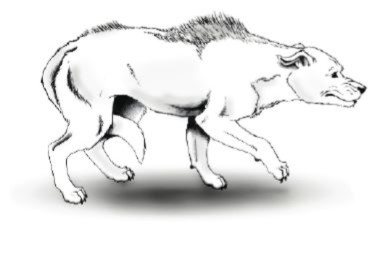 Nervous: Appears anxious and worried. Light sleeper. Sudden noises make him bark and retreat to a corner or under a table. Tail between legs.
Nervous: Appears anxious and worried. Light sleeper. Sudden noises make him bark and retreat to a corner or under a table. Tail between legs.
Timid: Frightened of the people, dogs, or surroundings. Doesn’t want to be petted or approached. Stays low. Tail between legs.
Direct Attention Seeking: Actively wants your attention and uses jumping, barking, and nipping to get it.
Passive Attention Seeking: Wants your attention but uses a quieter way. Stares for a pet, nudges your hand, licks you or drops something so you will pick it up.
Assertive: Stays still, stares, raises hair on top of back. Can become agitated or physical if approached or you move too quickly.
Confident:Tail will stick up. Will jump, bark, nudge, or any means possible to get your attention.
Headstrong: Does not pay much attention to you. Looks at everything else. Hard to get him to listen.
Relaxed: Just wants to please. Very easy going and always gives you focus. Body appears “relaxed”.
BE VERY CAREFUL WITH THE DOGS BELOW! THEY COULD EASILY BITE. DO NOT APPROACH.
Fearful/Reactive: Will bark and jump at slightest movement. Down low and on edge. Prone to attack if approached. Tail between legs.
 Nervous: Appears anxious and worried. Light sleeper. Sudden noises make him bark and retreat to a corner or under a table. Tail between legs.
Nervous: Appears anxious and worried. Light sleeper. Sudden noises make him bark and retreat to a corner or under a table. Tail between legs.
Timid: Frightened of the people, dogs, or surroundings. Doesn’t want to be petted or approached. Stays low. Tail between legs.

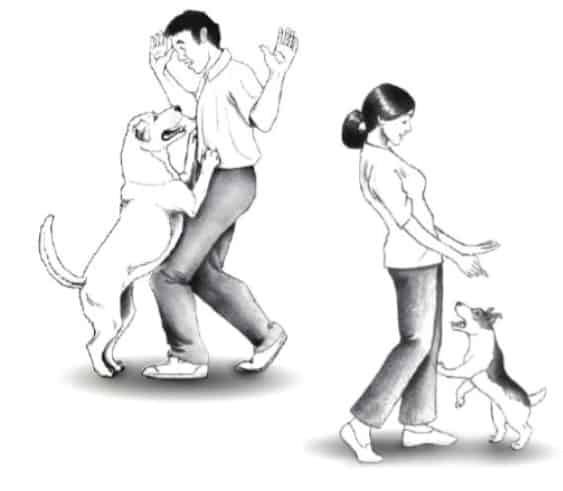
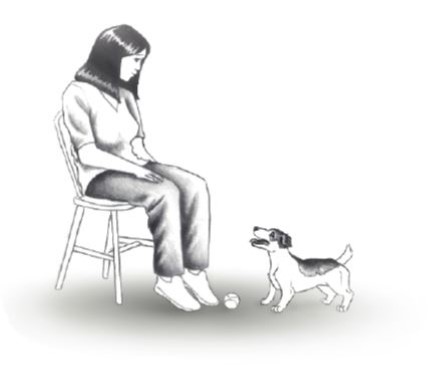
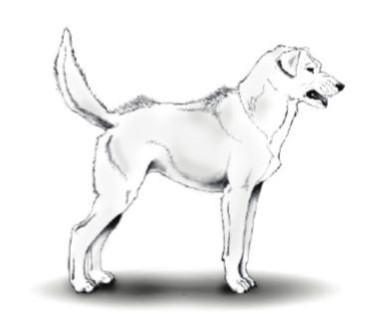
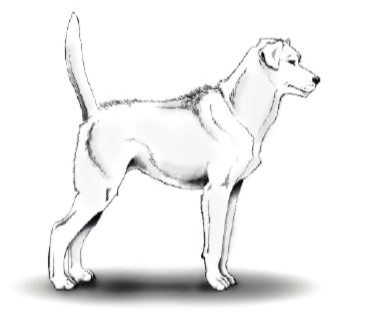
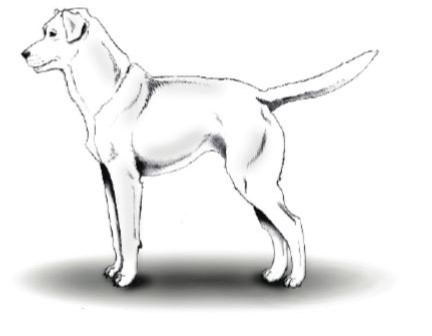
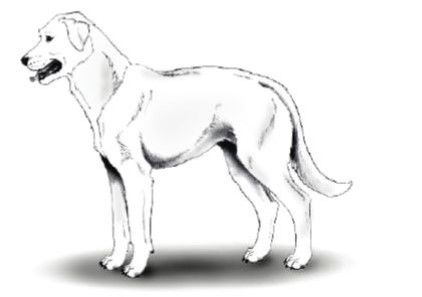
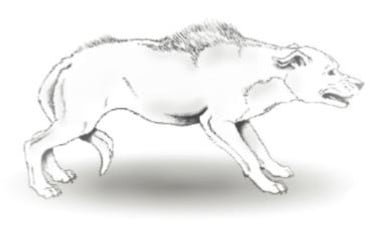
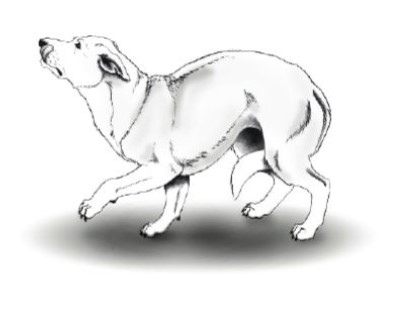
Follow Us!